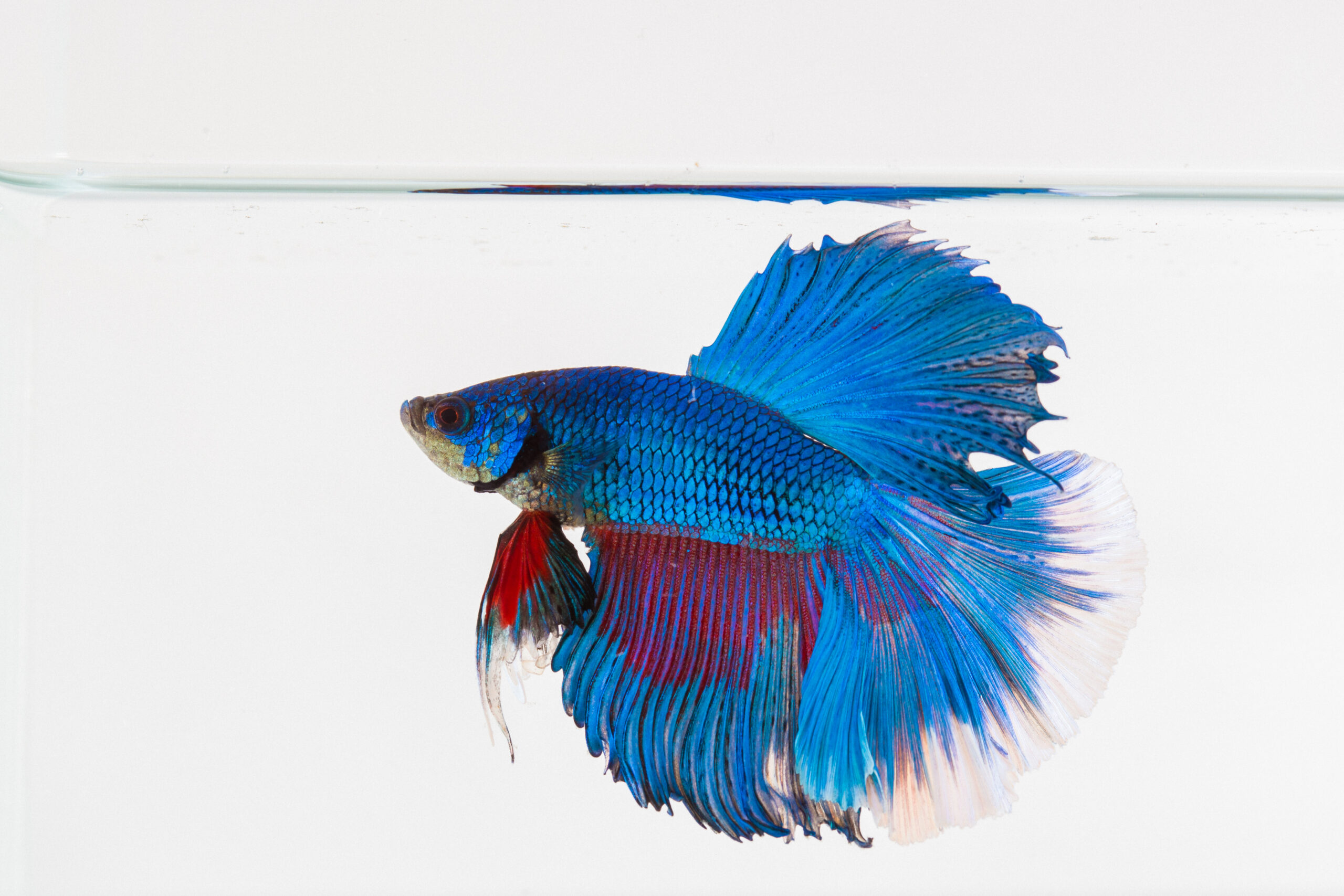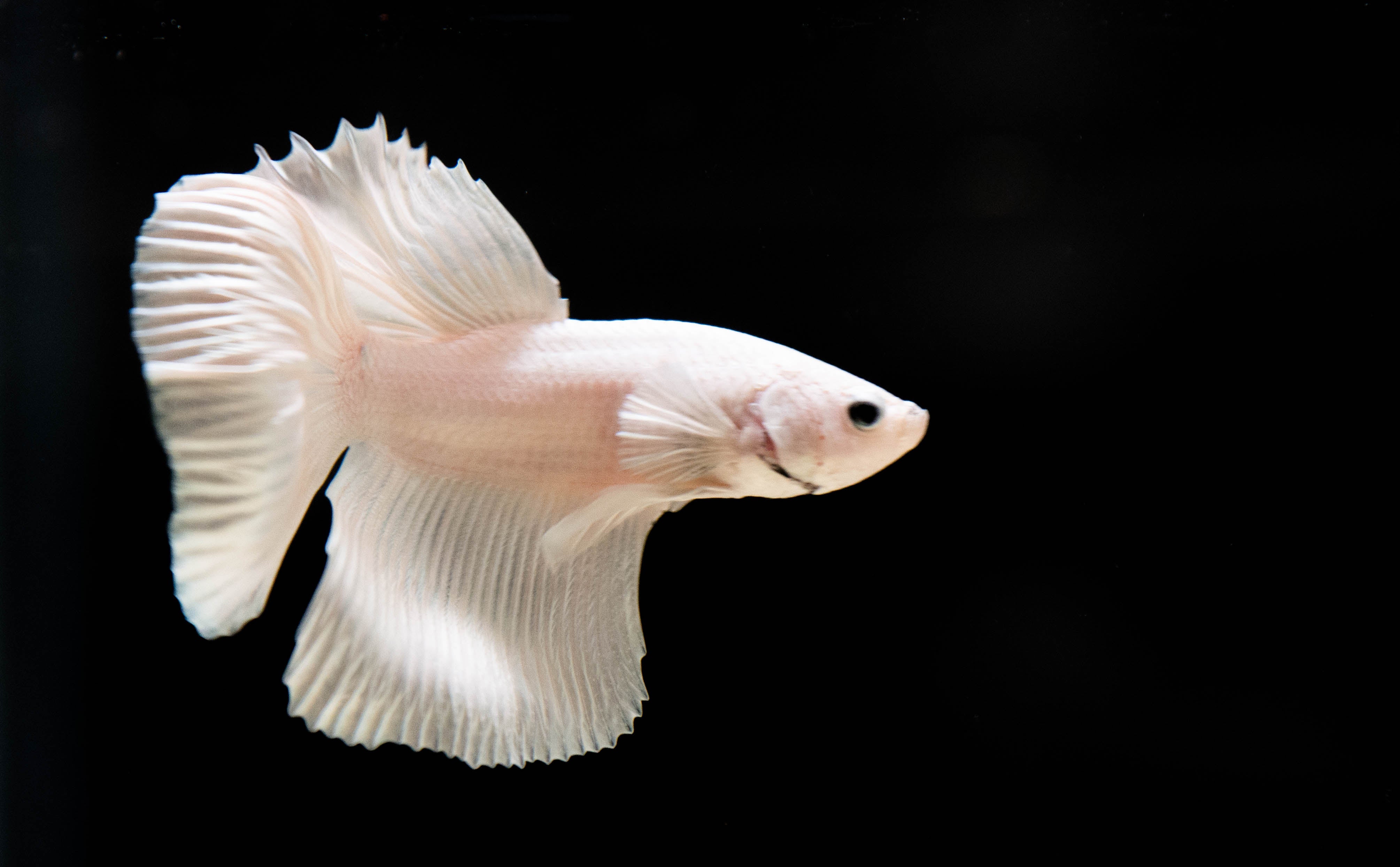All Regarding Betta Fish: Recognizing Their Unique Requirements, Behavior, and the very best Practices for Optimum Care
Understanding the distinct requirements and behaviors of Betta fish is vital for any type of aquarist looking to provide optimal treatment. betta fish. As we check out these components additionally, the effects for both novice and experienced fish keepers end up being progressively noticeable, increasing inquiries about how best to fit these amazing fish in our homes.
Betta Fish Overview
Although typically admired for their lively shades and moving fins, Betta fish, clinically understood as Betta splendens, are complex creatures that call for specific care to grow. Originating from Southeast Asia, these freshwater fish are known for their territorial nature and special behaviors. Betta fish show sexual dimorphism, with men presenting more vivid colors and longer fins than ladies.
Their hostile tendencies, particularly amongst men, require careful factor to consider when housing them. Bettas are typically maintained in single-specimen containers to protect against territorial conflicts. They can exist together in harmony with particular suitable types in bigger community storage tanks, gave the setting fulfills their requirements.

To guarantee optimal treatment, aquarists should understand their distinct behavioral traits, nutritional requirements, and habitat needs. betta fish. With appropriate interest, Betta fish can exhibit their lively personalities and thrive in a properly maintained fish tank setup
Natural Habitat and Environment
Betta fish prosper in a varied series of all-natural environments, mostly located in the shallow waters of Southeast Asia, consisting of rice paddies, swamps, and slow-moving streams. These settings are characterized by warm temperatures, normally in between 75 ° F and 82 ° F(24 ° C and 28 ° C ), and a pH level varying from 6.5 to 7.5, which is excellent for their wellness and well-being.
In their all-natural surroundings, Betta fish are accustomed to thick plant life, offering both sanctuary and reproducing grounds. The visibility of plants such as drifting water lilies and thick lawns not only provides defense from killers yet also adds to the oxygenation of the water, which is necessary for their respiratory system demands. Furthermore, these atmospheres typically have areas of still water, permitting Betta fish to display their natural actions such as bubble nesting.
Recognizing the natural habitat of Betta fish is critical for fish tank enthusiasts. Reproducing these problems-- through water temperature, pH balance, and the addition of real-time plants-- can substantially boost the overall health and wellness and longevity of these fascinating fish, ensuring they grow in a home aquarium setup.
Social Habits and Interactions
Recognizing the social actions and communications of Betta fish is necessary for successful fish tank monitoring. Betta fish, or Siamese battling fish, are recognized for their one-of-a-kind behavior qualities, defined mainly by territoriality and aggressiveness.
Alternatively, women Bettas display less aggressive weblink actions and can coexist in teams, known as sororities, if introduced properly. It is essential to check their communications very closely, as hierarchy and prominence can lead to disputes. Understanding the characteristics within a Betta area is crucial; developing concealing areas and guaranteeing adequate space can minimize aggression.
Furthermore, Betta fish might likewise display interest and social behaviors in the direction of various other varieties. While they can coexist with certain non-aggressive tank mates, it is important to pick suitable varieties to stay clear of tension and aggressiveness. Overall, recognizing these social interactions is essential to fostering a harmonious aquarium setting for Betta fish.
Necessary Treatment Standards
Providing correct care for Betta fish is vital to their health and wellness and health. Regular water adjustments-- about 25% weekly-- aid maintain water high quality.
Betta fish call for an appropriate container size; a minimum of 5 gallons is suggested to give appropriate room for swimming and hiding. Consist of decors and plants to create a stimulating atmosphere, but prevent sharp items that could damage their delicate fins.

Lastly, ensure the tank is outfitted with a filter to keep the water clean, yet utilize a mild filter to avoid solid currents that can worry the fish. By following these necessary care guidelines, owners can advertise a healthy and vibrant Betta fish.
Common Wellness Issues and Solutions
In the treatment of Betta fish, recognition of usual wellness concerns is important for maintaining their well-being. To treat fin rot, improve water problems and take into consideration using a broad-spectrum antibiotic.
Another typical reference ailment is ich, a parasitic infection identified by white areas on the fish's body (betta fish). Treatment involves increasing water temperature and adding fish tank salt to the storage tank, as this can aid get rid of the parasite
Swim bladder problem is likewise often observed, causing buoyancy troubles. This problem might arise from overfeeding or constipation. A fasting duration of 24-48 hours, complied with by a diet plan of blanched peas, can provide alleviation.
Lastly, useful content bettas might endure from velvet illness, indicated by a gold dust-like appearance on their skin. Therapy generally calls for drug specifically made for outside parasites, together with boosted container health.
Routine tracking of water criteria, maintaining a tidy atmosphere, and offering a well balanced diet plan are important preventive actions. By dealing with these health concerns without delay, Betta fish can lead much healthier, much more lively lives.
Conclusion
In recap, successful betta fish treatment needs an understanding of their unique requirements and behaviors. Normal surveillance of wellness and water quality, along with a balanced diet, adds to the long life and vibrancy of betta fish.
Comments on “Just How to Present Betta Fish to an Area Storage Tank Safely”